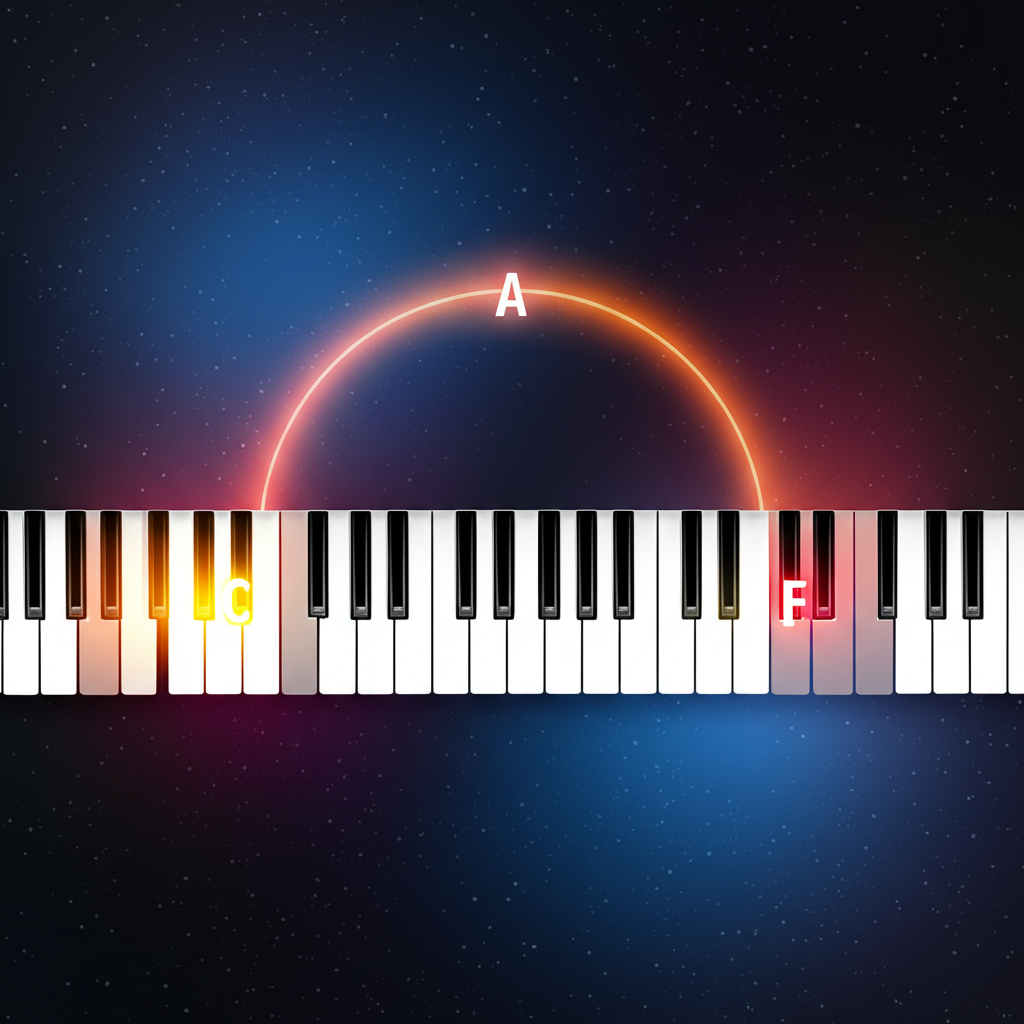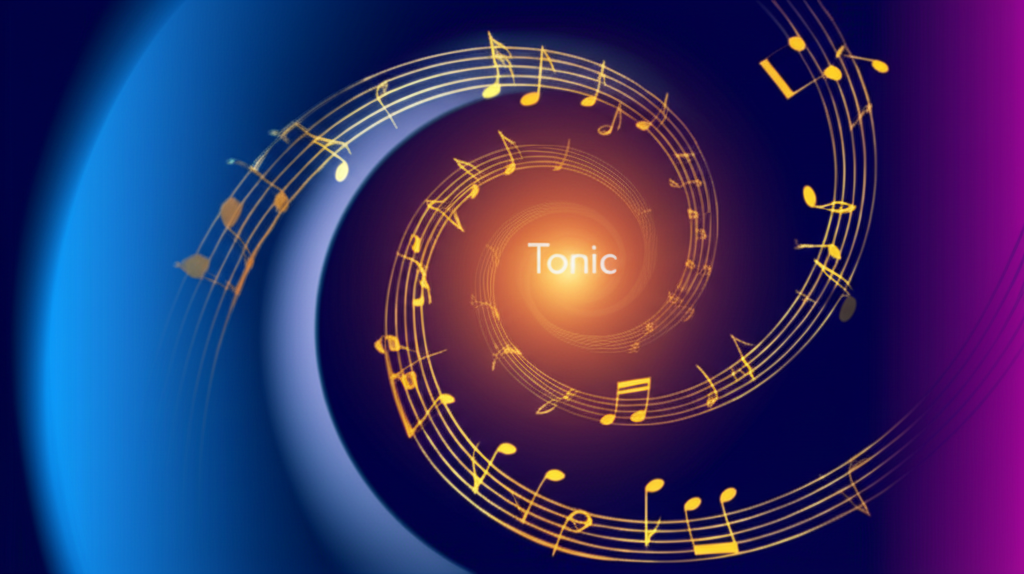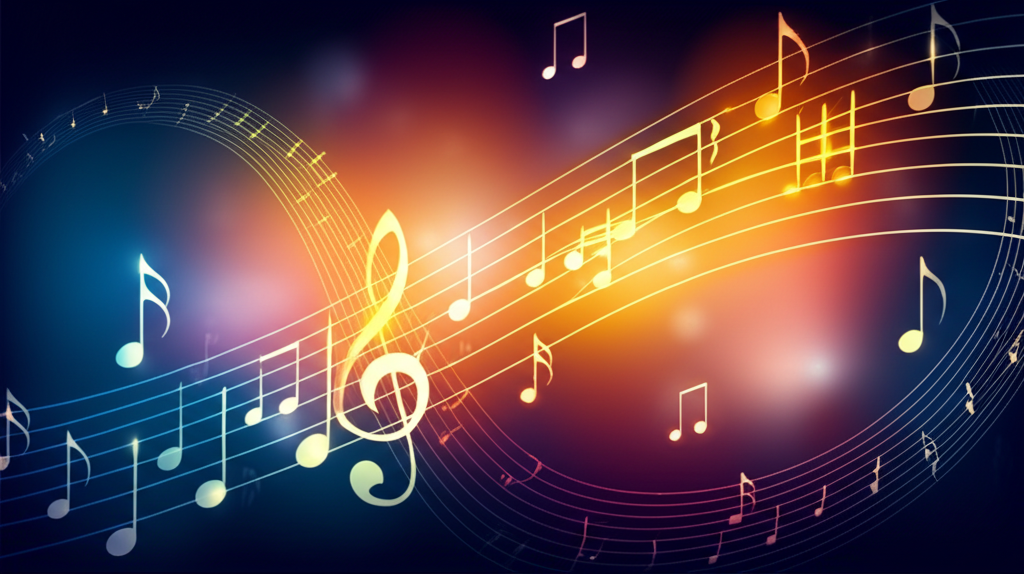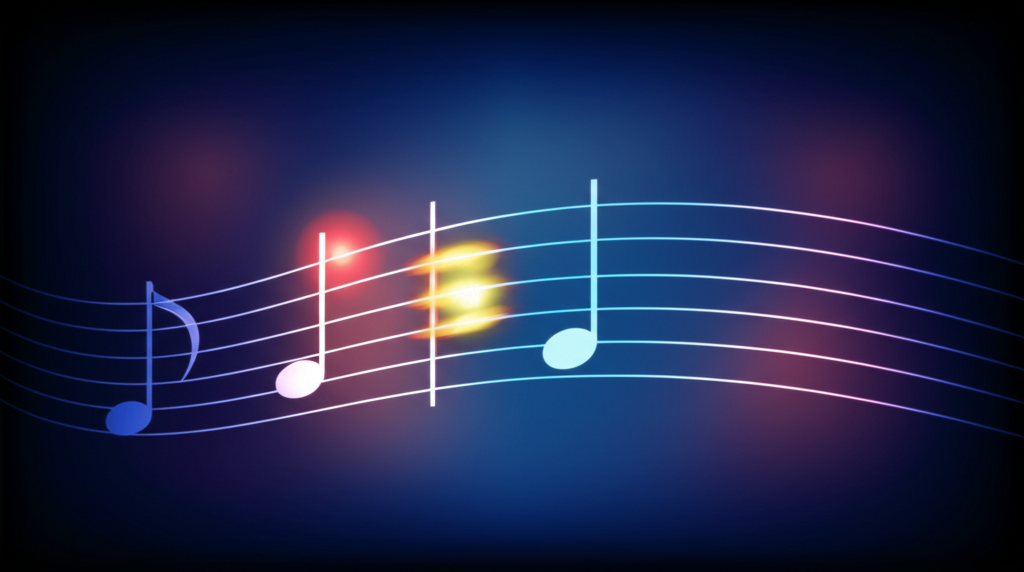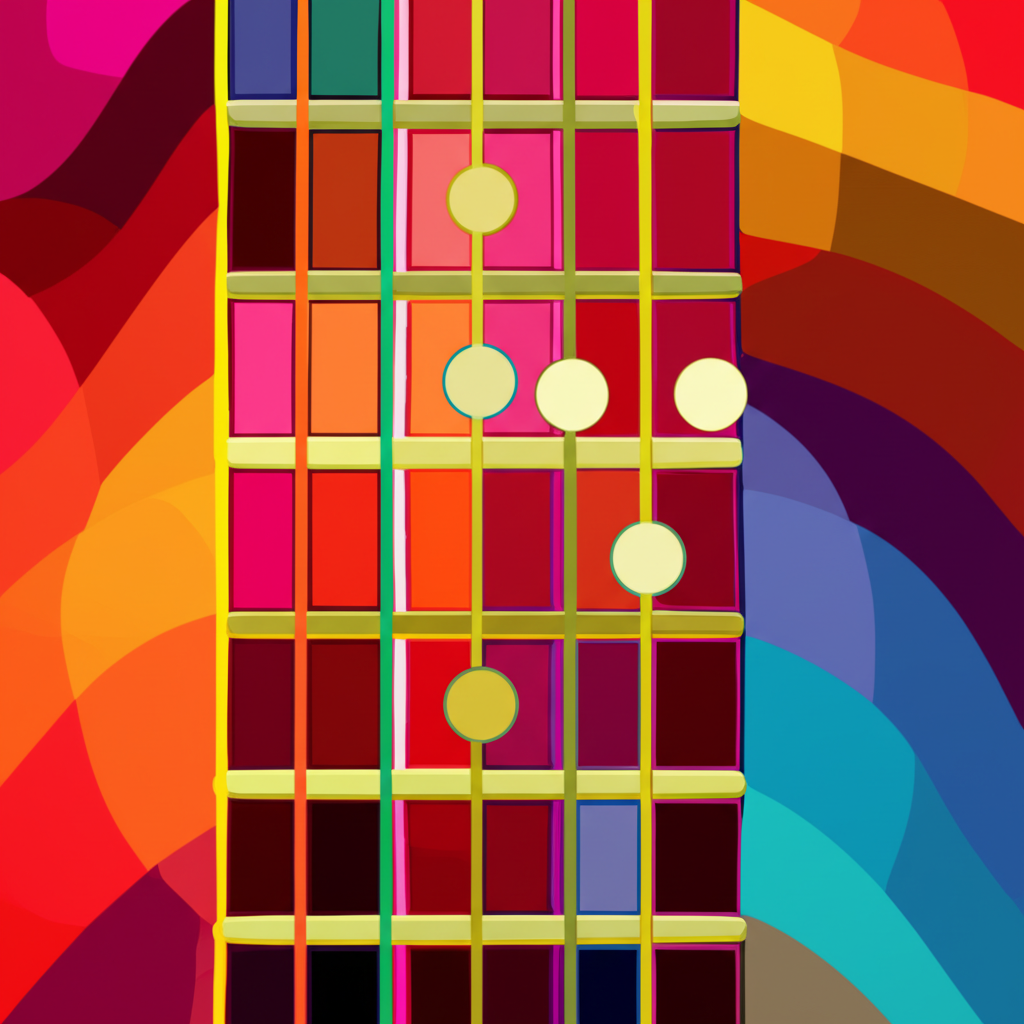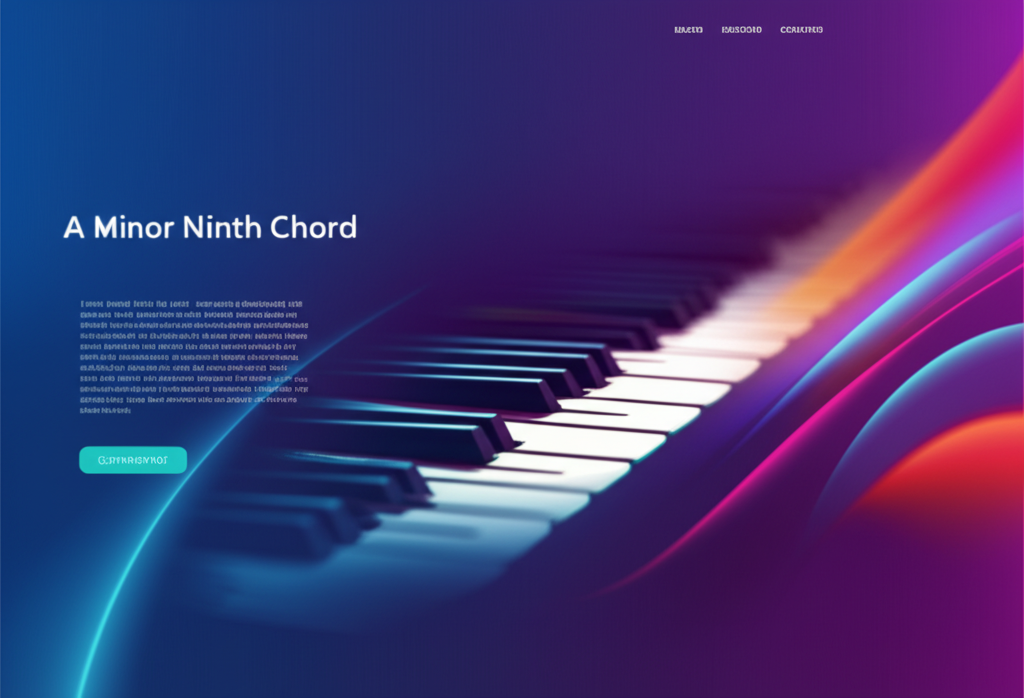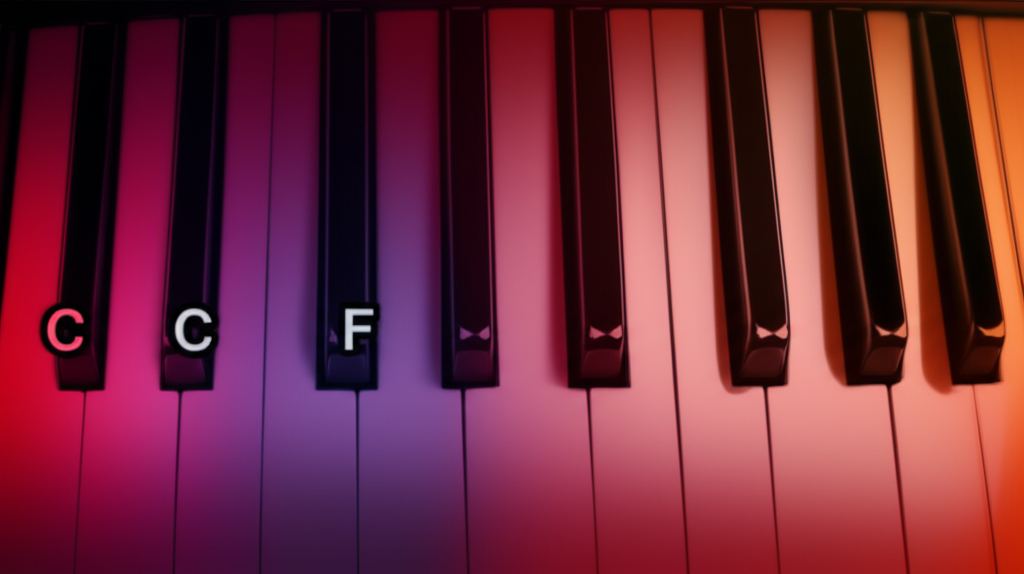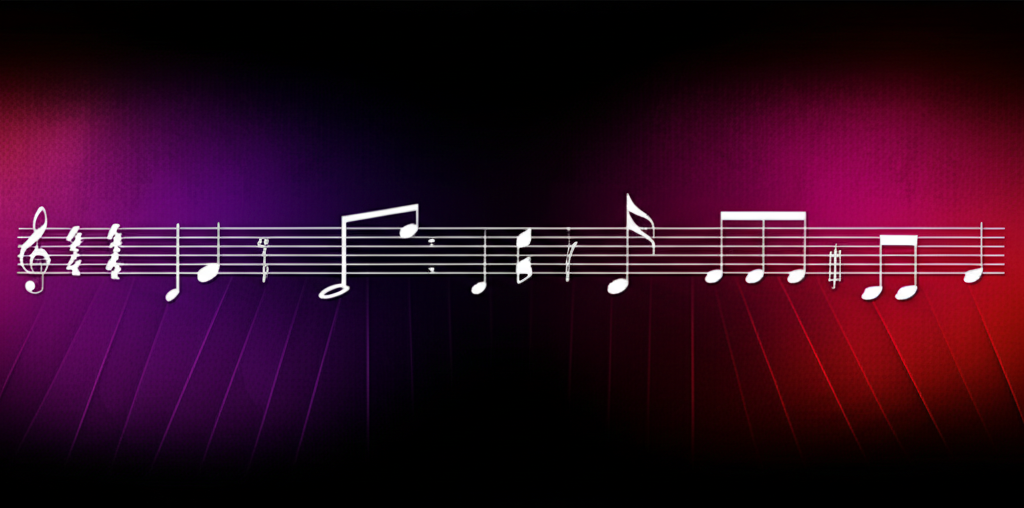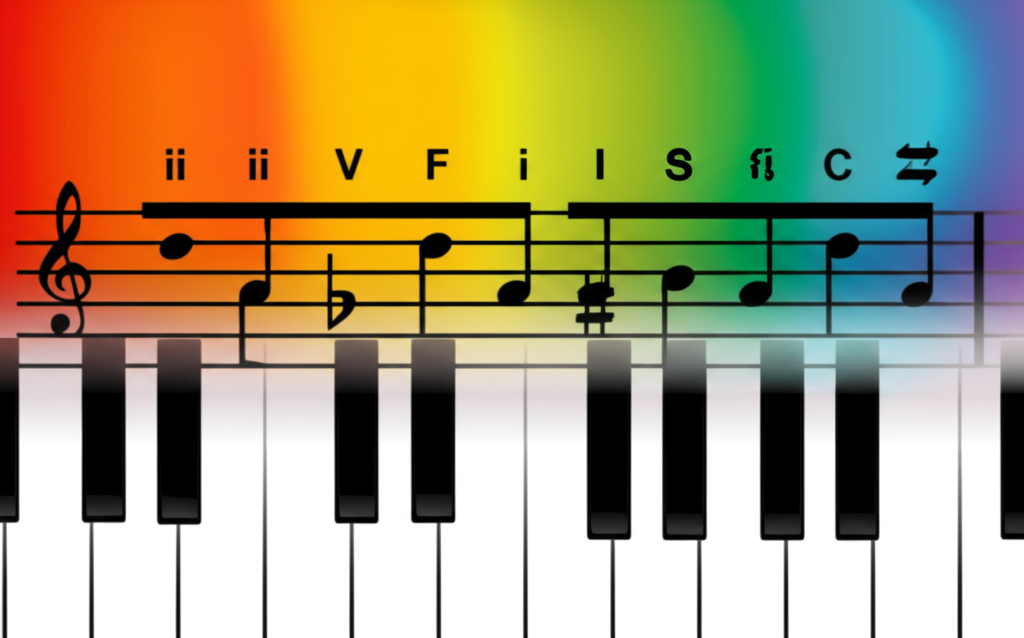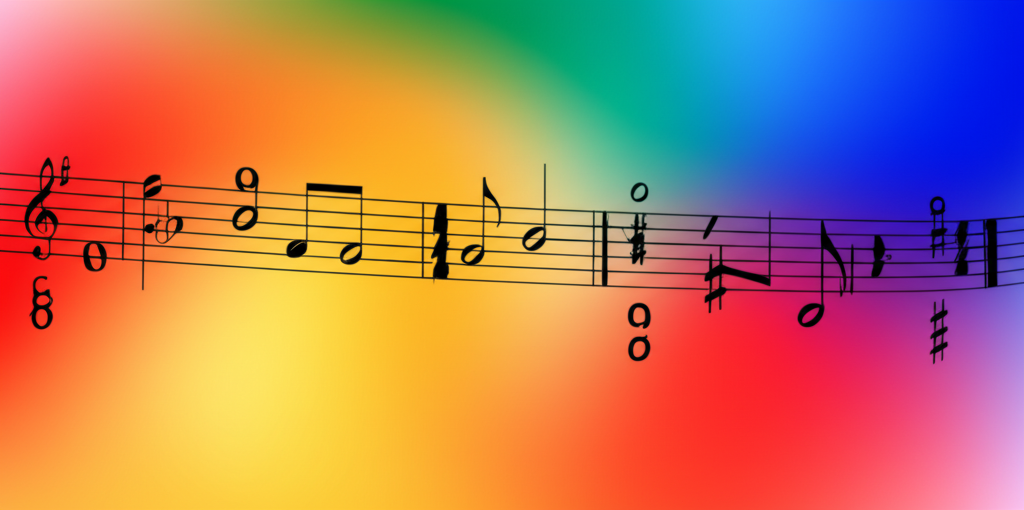
Minor Blues Progression: The Soul of Emotional Expression

b4n1
June 14, 2025, 7:03 p.m.
Minor Blues Progression: The Soul of Emotional Expression
Summary:
Minor blues progressions transform the familiar 12-bar blues structure by using minor chords, creating a darker, more introspective emotional landscape. This progression maintains the structural integrity of traditional blues while adding harmonic complexity and emotional depth that has influenced jazz, rock, and contemporary music.
Keywords:
minor blues progression, 12-bar minor blues, emotional blues, minor chord progressions, blues harmony, introspective music, modal blues, sophisticated blues
Introduction:
The minor blues progression represents one of music's most emotionally powerful harmonic structures. By transforming the traditional major blues into a minor key framework, we create a sound that is simultaneously familiar and deeply introspective. This progression has become essential in jazz, fusion, and contemporary music, where its sophisticated harmonic relationships provide a perfect foundation for emotional expression and advanced improvisation.
Basic Structure of Minor Blues:
In the key of A minor, the basic minor blues progression uses the i, iv, and V chords, maintaining the structural integrity of the 12-bar blues while completely changing its emotional character. The use of minor chords creates a more introspective and sophisticated harmonic landscape than traditional major blues.
A Minor Blues Progression:
The fundamental 12-bar minor blues structure:
Notación musical:
The 12-Bar Minor Blues Structure:
The standard 12-bar minor blues follows this harmonic pattern that mirrors the major blues structure but uses minor chord relationships. Each section serves a specific harmonic function that creates the characteristic emotional flow of minor blues.
Chord Functions:
- Bars 1-4: i chord (Am) - Establishes minor tonic center
- Bars 5-6: iv chord (Dm) - Subdominant in minor key
- Bars 7-8: i chord (Am) - Return to tonic
- Bars 9-10: V-iv (E7-Dm) - Dominant resolution to subdominant
- Bars 11-12: i-V (Am-E7) - Tonic to dominant turnaround
Harmonic Analysis and Modal Characteristics:
Minor blues often incorporates modal elements that distinguish it from simple minor key progressions. The natural minor scale provides the basic framework, but Dorian and harmonic minor elements frequently appear to add harmonic sophistication and emotional nuance.
Modal Elements:
- Natural Minor: Uses the ♭3, ♭6, and ♭7 degrees
- Dorian Mode: Natural 6th degree adds brightness
- Harmonic Minor: Raised 7th creates dramatic tension
Famous Examples and Cultural Impact:
Minor blues has produced some of the most emotionally compelling music in popular culture. These examples demonstrate the progression's versatility across different genres and its ability to convey deep emotional content.
Classic Minor Blues Songs:
- "The Thrill Is Gone" - B.B. King
- "Summertime" - George Gershwin
- "Black Magic Woman" - Santana
- "Hit the Road Jack" - Ray Charles
- "Spain" - Chick Corea
Emotional Character and Expression:
Compared to major blues, minor blues creates profoundly different emotional effects. The minor third interval immediately establishes a more introspective character, while the harmonic relationships suggest contemplation, melancholy, and sophisticated emotional expression without being merely sad or depressing.
Emotional Qualities:
- Introspection: More contemplative and inward-looking
- Sophistication: Complex harmonic relationships
- Drama: Greater tension and resolution potential
- Depth: Multiple layers of emotional meaning
Scale Choices for Improvisation:
Minor blues provides excellent opportunities for exploring different scales and modes. The progression's harmonic richness supports various melodic approaches, from simple pentatonic phrases to sophisticated modal concepts.
Primary Scales:
Scale Options:
- Minor Pentatonic: A-C-D-E-G (safe, always works)
- Blues Scale: A-C-D-E♭-E-G (adds the blue note)
- Natural Minor: A-B-C-D-E-F-G (full modal sound)
- Dorian Mode: A-B-C-D-E-F#-G (brighter minor quality)
Chord Voicings and Extensions:
Minor blues benefits greatly from extended harmonies that add sophisticated color while maintaining the essential character of the progression. Seventh chords, ninths, and other extensions create smoother voice leading and more complex harmonic textures.
Extended Minor Blues:
Notación musical:
Rhythmic Approaches and Feels:
Minor blues works effectively with various rhythmic treatments, each creating different emotional effects. The progression's harmonic sophistication supports both traditional blues feels and contemporary groove approaches.
Common Feels:
- Slow Blues: 60-80 BPM for maximum emotional expression
- Medium Shuffle: 90-120 BPM with triplet subdivision
- Latin Groove: Syncopated rhythms with clave influences
- Straight Eighth: Contemporary feel for modern applications
Advanced Harmonic Substitutions:
Sophisticated players often enhance minor blues with various substitutions and alterations that maintain the essential character while adding harmonic interest. These techniques are particularly common in jazz and fusion applications.
Substitution Options:
- Tritone Substitutions: B♭7 for E7 creates chromatic bass movement
- Modal Interchange: ♭VI and ♭VII chords from natural minor
- Passing Chords: ii°7 and other diminished chords
- Secondary Dominants: V/iv and other temporary tonicizations
Instrumental Techniques and Applications:
Different instruments approach minor blues with unique techniques that highlight the progression's emotional potential. Understanding these approaches helps players develop more expressive and authentic performances.
Guitar Techniques:
- String Bending: Expressive bends on minor 3rd and 7th
- Vibrato: Wide, emotional vibrato on sustained notes
- Slide Guitar: Perfect for minor blues expression
- Fingerpicking: Alternating bass patterns with melody
Voice Leading and Smooth Connections:
Effective voice leading enhances the minor blues progression by creating smooth connections between chords. Understanding these relationships helps players create more sophisticated and musical arrangements.
Voice Leading Principles:
- i to iv: Common tone A connects Am to Dm
- iv to i: Stepwise motion in inner voices
- V to i: Leading tone resolution from G# to A
- Extensions: Seventh chords create smoother connections
Practice Strategies and Learning Approach:
Mastering minor blues requires a systematic approach that develops both technical facility and emotional expression. These practice strategies help students build comprehensive understanding of the progression.
Learning Steps:
- Master Basic Form: Learn the 12-bar structure thoroughly
- Slow Practice: Start with slow tempos to feel the emotion
- Learn Standards: Study classic minor blues songs
- Scale Practice: Practice relevant scales over the changes
- Harmonic Extensions: Gradually add more complex chords
- Emotional Expression: Focus on conveying feeling
Common Variations and Forms:
While the 12-bar structure is standard, minor blues appears in various forms that demonstrate its versatility. These variations maintain the essential character while adapting to different musical contexts and compositional needs.
Structural Variations:
- 8-Bar Minor Blues: Condensed form for quicker movement
- 16-Bar Extended Form: Expanded structure with additional development
- Modal Minor Blues: Uses modal scales and contemporary harmony
- Jazz Minor Blues: Sophisticated substitutions and extensions
Genre Applications and Styles:
Minor blues appears across numerous musical genres, each adapting the progression to its own stylistic requirements. This versatility demonstrates the progression's fundamental musical strength and emotional power.
Genre Applications:
- Traditional Blues: Emotional depth in slow blues ballads
- Jazz: Sophisticated harmony and improvisation vehicle
- Fusion: Complex rhythms and extended harmonies
- Rock: Power and intensity in minor key settings
Historical Development and Evolution:
Minor blues evolved from traditional major blues as musicians sought greater emotional expression and harmonic sophistication. This evolution parallels the development of jazz and reflects the ongoing refinement of blues as an art form.
Contemporary Applications:
Modern musicians continue to find new applications for minor blues progressions in various contemporary styles. Hip-hop producers sample minor blues recordings, neo-soul artists use sophisticated minor blues harmonies, and jazz musicians continue to explore its improvisational possibilities.
Fun Facts:
Minor blues is often called the "thinking person's blues" because of its harmonic sophistication. The progression naturally suggests longer, more developed solos than major blues, making it popular among jazz musicians for extended improvisations. Many minor blues songs have become jazz standards precisely because their harmonic richness supports sophisticated musical development.
Conclusions:
The minor blues progression represents one of music's most emotionally powerful and harmonically sophisticated structures. Its ability to combine the familiar framework of traditional blues with the emotional depth of minor harmony has made it essential in jazz, fusion, and contemporary music. Understanding minor blues opens doors to advanced harmonic concepts while providing a foundation for deep musical expression. Whether used for introspective ballads or sophisticated jazz explorations, minor blues continues to demonstrate the power of well-crafted harmonic progressions to move both players and listeners on a profound emotional level.
References:
King, B.B. (1969). The Thrill Is Gone. BluesWay Records.
Corea, Chick. (1976). Spain. Polydor Records.
Levine, Mark. (1995). The Jazz Theory Book. Sher Music Co.
Miller, Ron. (1996). Modal Jazz Composition and Harmony. Advance Music.
